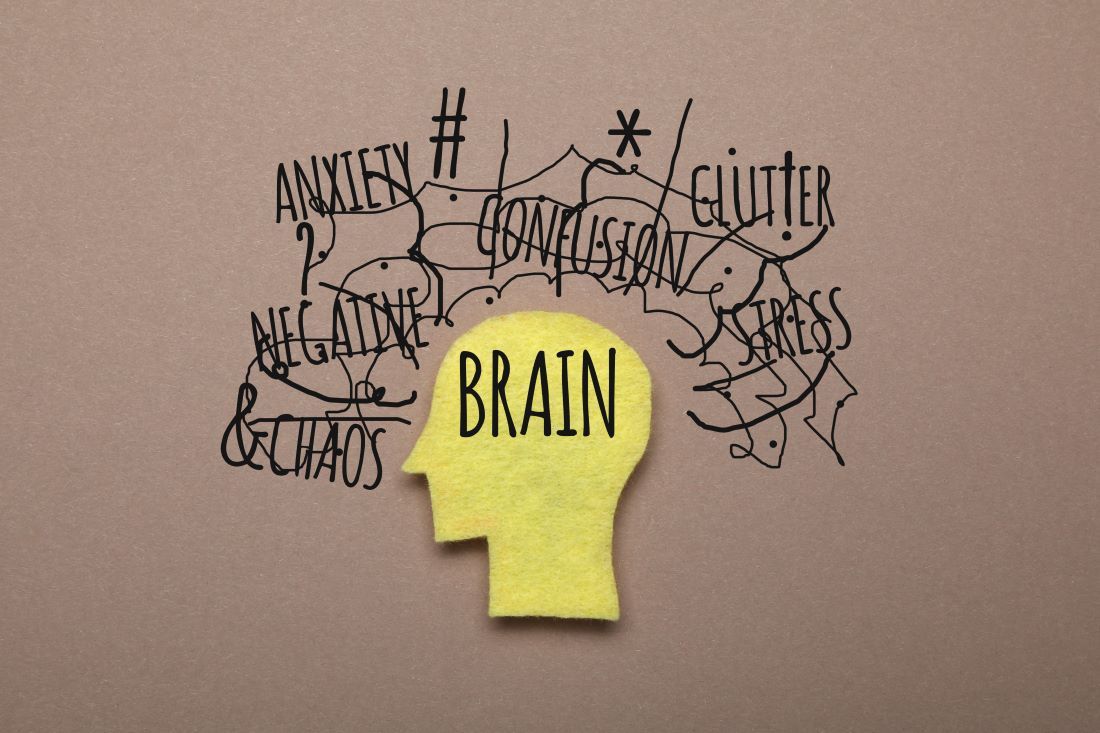
PTSD and Adult Survivors of Child Abuse
Post-traumatic stress disorder (PTSD) is frequently associated with military veterans. It’s especially prevalent in vets who faced combat or other horrors of war. However, survivors of child abuse can also experience PTSD.
What Are Trauma and PTSD?
PTSD is a mental health condition triggered by a single traumatic life event. The term trauma describes the challenging emotional consequences that living through a distressing event can have for an individual. Traumatic events can be challenging to define because the same event may be more traumatic for some people than for others. A traumatic event can also include a real or perceived threat.
A person with a PTSD diagnosis can experience flashbacks, nightmares, and severe anxiety regarding the traumatic event. PTSD can seriously disrupt a person’s ability to regulate their emotions and maintain healthy relationships.
PTSD occurs as a response to chemical and neuronal changes in the brain after exposure to threatening events. It can happen to anyone at any age and doesn’t mean a person is flawed or weak.
What Are Complex Trauma and CPTSD?
Complex post-traumatic stress disorder, C-PTSD, is a devastating condition that can affect people who have lived through long-term trauma, such as months or years of abuse. It causes symptoms similar to PTSD and includes a broader set of difficulties than those typically seen in PTSD alone, leading to significant impairments in relationships and quality of life.
A person with CPTSD has all the signs of standard PTSD, but also:
- Difficulties regulating emotions, for instance, feelings of anger, which may seem overwhelming and challenging for the person to manage
- A negative sense of self, with feelings of guilt and worthlessness
- A feeling of being disconnected from others and struggling to feel close to others in their relationships
Many childhood traumas occur before a person has had the opportunity to develop a secure sense of self or learn skills to regulate emotions and maintain meaningful relationships. So, it’s not difficult to correlate many of the signs of CPSTD with childhood trauma.
In addition, other types of trauma that fundamentally undermine a person’s sense of safety in the world or trust in others might also precipitate CPTSD. For example, betrayal by a parent, family member, trusted person of authority, and sexual trauma.
Child Abuse and Adult CPTSD
It’s not unusual for some of the effects of childhood abuse to linger into adulthood or not even become apparent until later in life. For example, abused children and young people can become emotionally numb to their trauma or bury it deep in their psyche as a means of survival.
Left undiagnosed and untreated, PTSD and CPTSD may make victims of abusive childhoods prone to self-harming, depression, substance abuse, anxiety, and attachment disorders. They can also experience difficulties maintaining healthy relationships, have trust issues, poor self-confidence, or disassociation (being emotionally distant or shut-down).
The Brain, Abuse, and CPTSD
CPTSD can linger into adulthood or be diagnosed many years after childhood abuse, partially due to how trauma causes physical changes to the human brain. Neglect and all other forms of childhood abuse occur at pivotal stages in the development of the brain, altering the formation and function of the amygdala, hippocampus, and prefrontal cortex. Your reactions are evidence-based, not just in your mind.
It’s essential to understand and accept that your earliest experiences in life can—and do—lead to severe mental disorders in adults.
CPTSD Symptoms to Watch For
If you are an adult survivor of child abuse, you may have CPTSD. There are multiple problems and symptoms trauma survivors can present, ranging from physical, psychological, and maladaptive coping strategies and may include any of the following:
- Re-experiencing or re-living unwanted memories, such as flashbacks or nightmares
- Hyper-arousal: problems with sleep, irritability, anger, anxiety, hyper-alertness, exaggerated startle responses
- Hypo-arousal: feeling numb or cut off, feeling detached from others, dissociating, feeling flat or empty
- Emotional dysregulation
- Negative self-concept
- Relationship difficulties
- Avoiding thinking or talking about trauma-related topics
- Abuse of alcohol or abuse of substances to avoid and numb feelings
- Engaging in self-harm or having suicidal thoughts
Diagnosing and Treating CPTSD
CPTSD is still a relatively new condition, so some doctors aren’t aware of it, making it hard to get an official diagnosis. It’s not unusual to be diagnosed with PTSD rather than CPTSD. There’s no specific test for determining whether you have CPTSD, but keeping a detailed log of your symptoms can help your doctor make a more accurate diagnosis. It’s normal for people dealing with CPTSD to see a few doctors before finding someone to help them.
Diagnosing C-PTSD can be difficult, but it is vital to identify and treat people with this condition to help them heal from extreme trauma. There are several treatment interventions used to help people with CPTSD.
Psychotherapy
Psychotherapy involves talking with a therapist alone or in a group. It also includes the use of cognitive-behavioral therapy (CBT). This type of treatment helps you identify negative thought patterns and gives you tools to replace them with more healthy, positive thoughts. Your doctor or therapists may also recommend dialectical behavioral therapy.
Eye Movement Desensitization and Reprocessing (EMDR)
EMDR is commonly used to treat PTSD and can also be helpful for CPTSD. During therapy, you’ll be instructed to briefly think about a traumatic moment while moving your eyes from side to side. In addition, other techniques used include having someone tap on your hands instead of moving your eyes. Over time, this process may help desensitize you to traumatic memories and thoughts.
Although there’s some debate within the medical community over its use, the American Psychological Association conditionally recommends it for PTSD. However, the conditional recommendation means that additional information is still needed to make it evidence-based.
Medication
Some medications traditionally used to treat depression can also help with symptoms of CPTSD. They tend to work best when combined with another form of treatment, such as CBT. Common antidepressants used for CPTSD may include:
- sertraline (Zoloft)
- paroxetine (Paxil)
- fluoxetine (Prozac)
While some people benefit from using these medications long-term, some people may only need to take them for a short period while learning new coping strategies.
Get Support and Continue the Conversation with Our Survivor Community
Support groups—a safe, judgment-free space and the compassion of others—can also be a tremendous help and make an enormous difference.
For example, Louder than Silence: Ending Child Abuse and Neglect Survivor Community, launched by EndCAN through Inspire, offers a free online community of support groups. It’s a safe place where people can be authentic, anonymously discuss their experiences and ask questions, get support from other survivors, and learn from other people who have “been there.”
EndCAN offers multiple resources and information to support adult survivors of child abuse and end child abuse and neglect. Your support ensures that together we are louder than silence!
